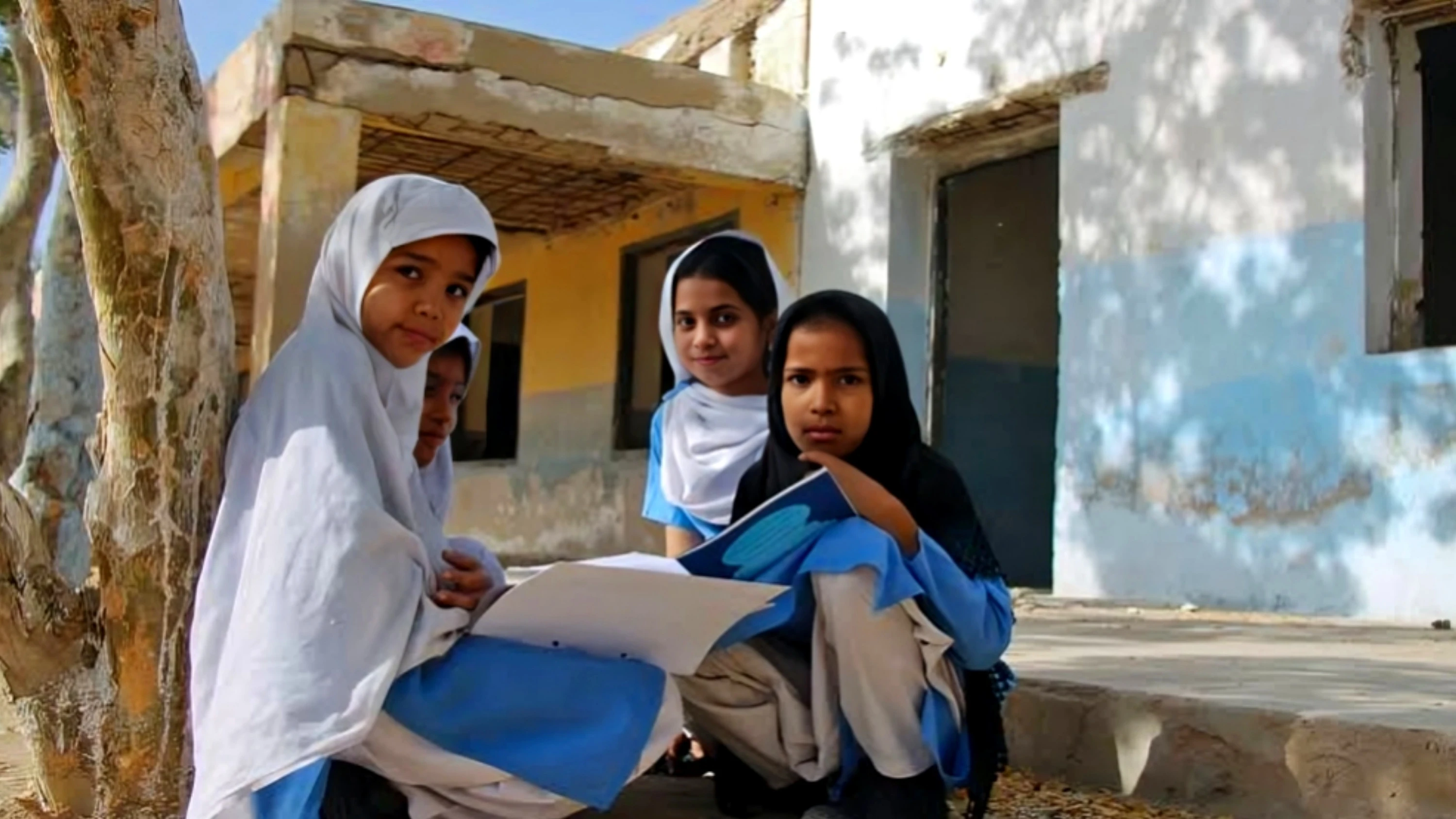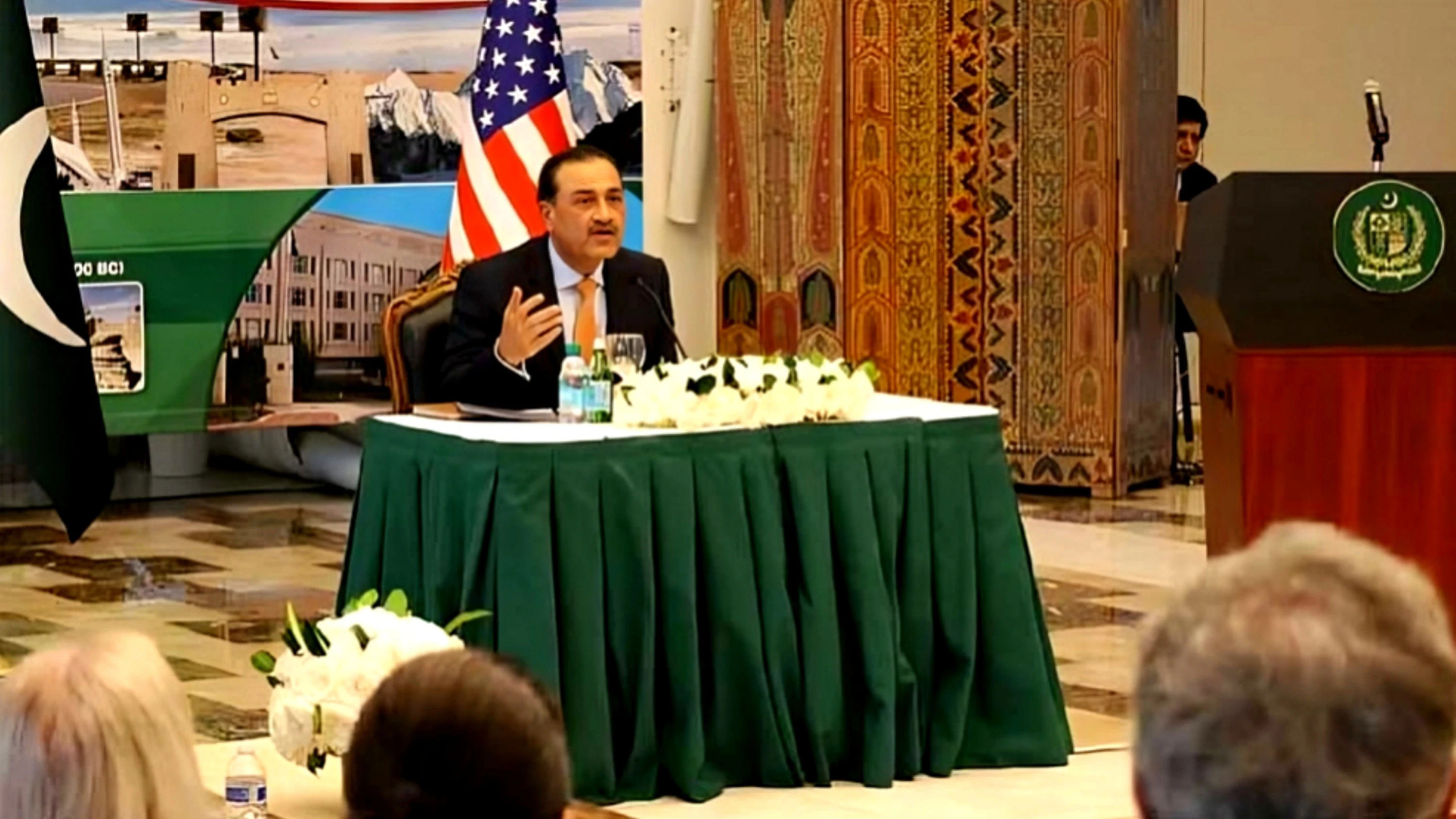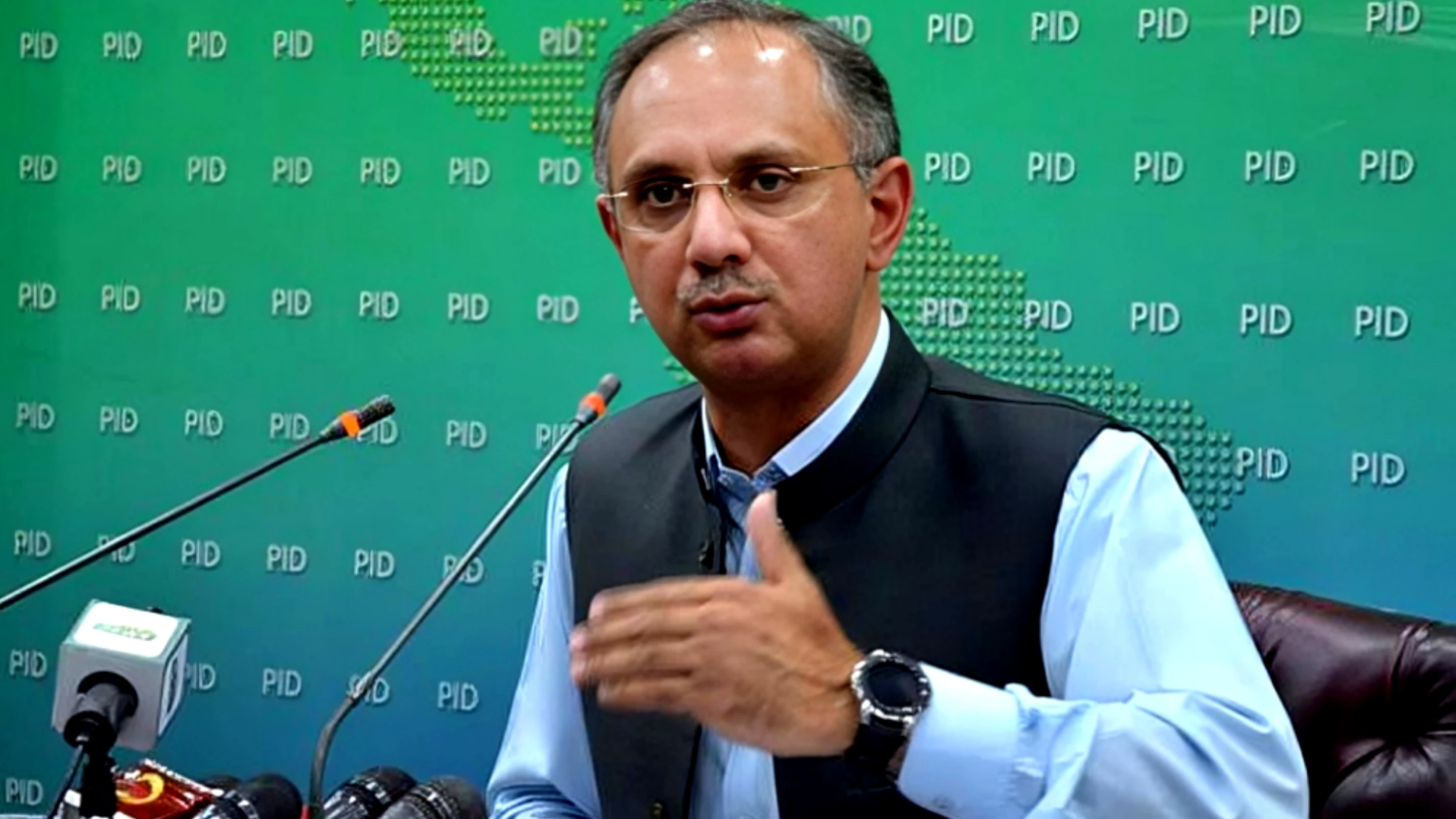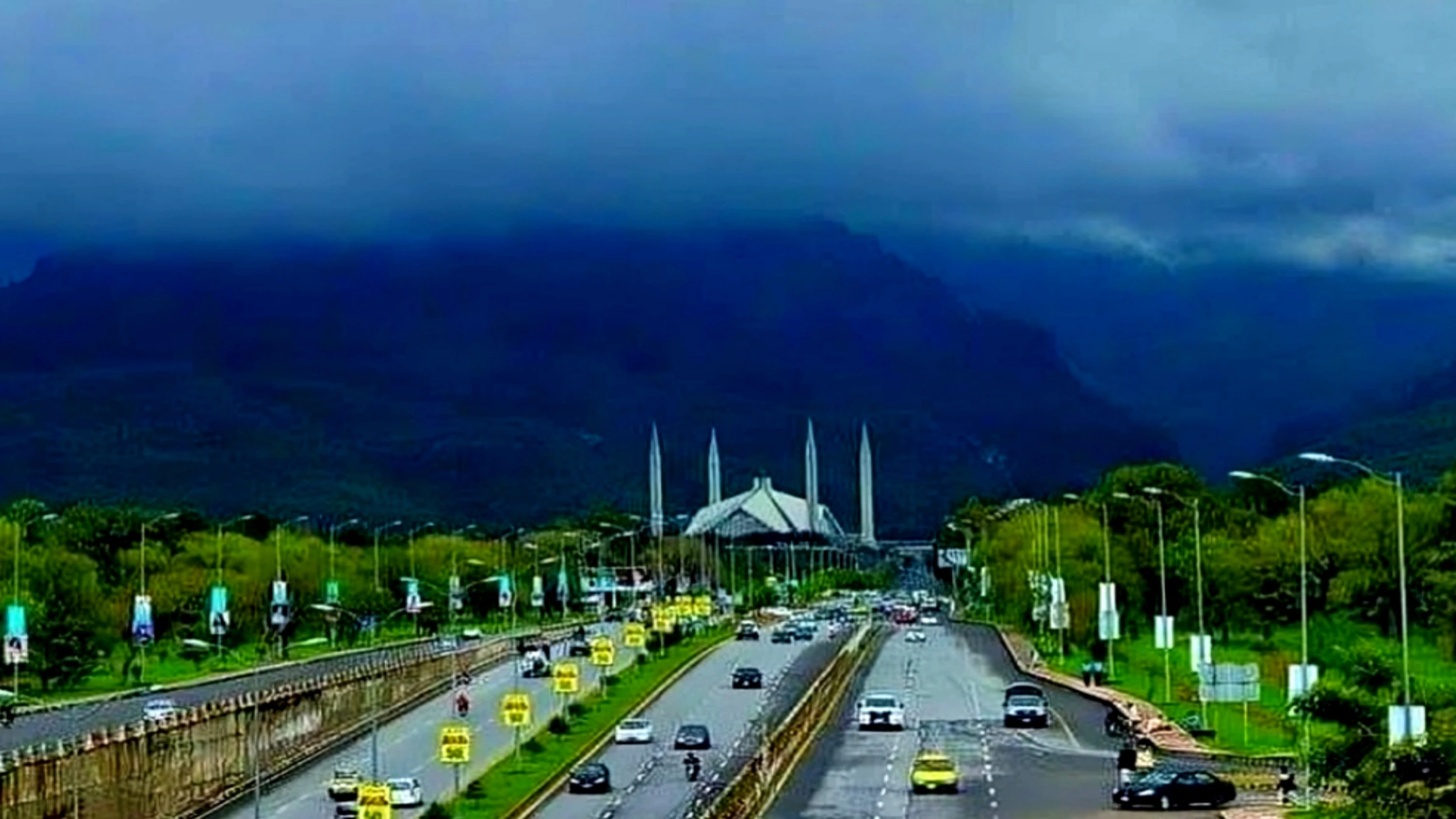Islamabad: Despite the government’s declaration of an “education emergency” last year, Pakistan continues to neglect its education sector, with the brunt of this crisis falling on children in underprivileged and climate-affected areas.
According to a recent report, international NGO Save the Children has revealed alarming statistics on the state of education in Pakistan. Nearly 26 million children — approximately one in every three — remain out of school across the country.
This staggering figure places Pakistan among the nations most severely impacted by educational deprivation.
The situation has been exacerbated by a sharp decline in government spending. As per the latest Pakistan Economic Survey, education spending fell by 29% between July 2024 and March 2025. Since 2018, the share of education in the national GDP has steadily declined, now standing at a mere 0.8% — far below the 4-6% recommended by the UN-backed Incheon Declaration.
Save the Children has urged the federal government to take immediate and concrete steps to bring all 26 million out-of-school children back into classrooms. While the government had committed to increasing the education budget to 4% of GDP by 2029, no significant progress has been made. The organization emphasized that the state must honor its promise to the children of Pakistan.
The report highlights that children from impoverished and marginalized regions are suffering the most due to budget cuts and underutilized educational funds. These children already face immense barriers to continuing their education, and the lack of funding is further compounding their struggles.
In its appeal, Save the Children called on stakeholders, including the government, donors, and civil society, to increase funding — particularly for children in climate-vulnerable communities — to build resilient and inclusive education systems.
Under Pakistan’s constitution, education is both free and compulsory for children aged 5 to 16. Yet, 38% of children remain out of school — with girls being disproportionately affected. In Balochistan alone, 75% of girls are deprived of education.
The education emergency announced by Prime Minister Shehbaz Sharif in May 2024 aimed to increase school attendance nationwide. However, the country still struggles with a low literacy rate, with only 60% of the population able to read and write.
Lack of education also exposes children to other risks. Government data from 2021 shows that one in ten children between the ages of 10 and 14 are involved in labor, while an estimated 19 million girls are married before the age of 18 — the sixth highest number globally for child marriages.
Climate-related disruptions have further hindered education access. Prolonged school closures due to natural disasters and extreme weather events — including the 2024 heatwaves and the devastating 2022 floods — have affected millions of students, with the floods alone impacting the education of 2.9 million children.
Speaking on the crisis, Save the Children Country Director Khuram Gondal stated: “When a government spends less than 1% of GDP on education, it’s not just a budget cut — it’s a broken promise. It contradicts the Prime Minister’s own declaration of an education emergency.”
“Education is the most effective tool to break the cycle of poverty,” he added. “Investing in children’s education is an investment in Pakistan’s future.”








